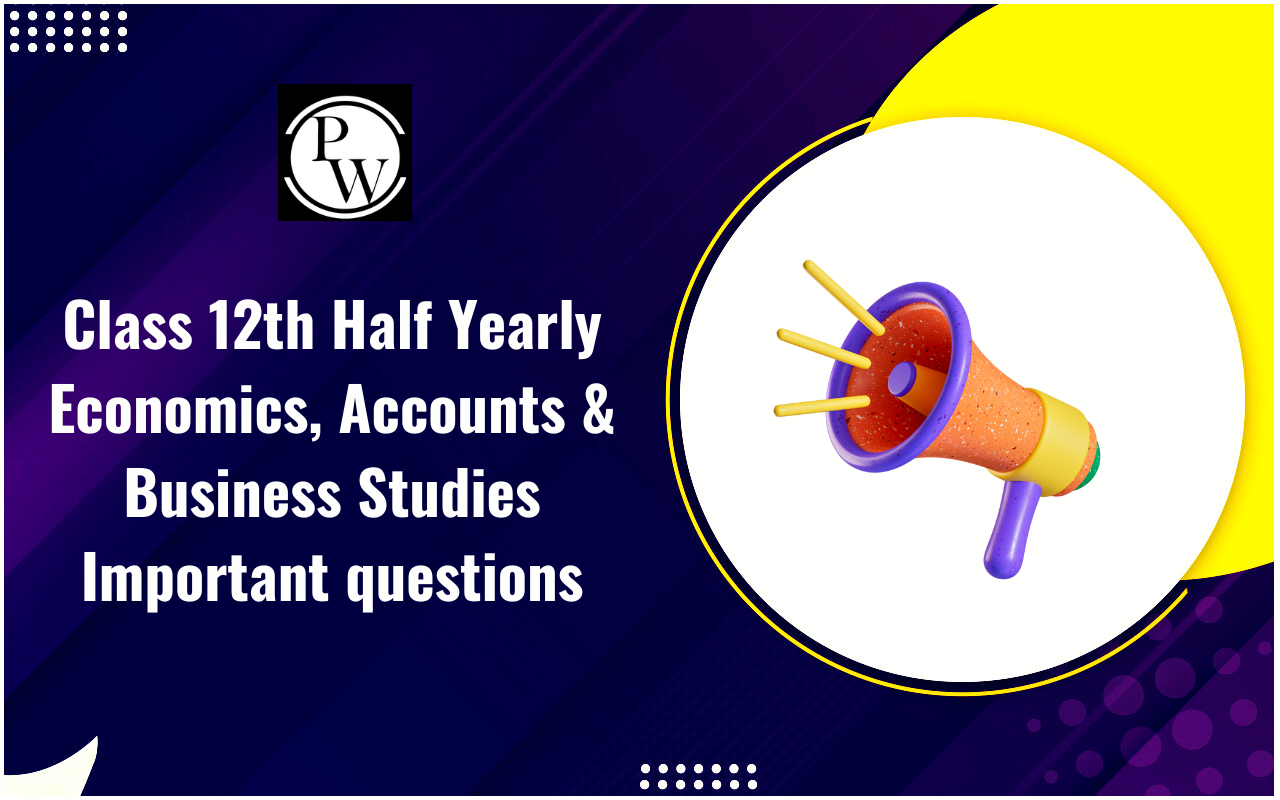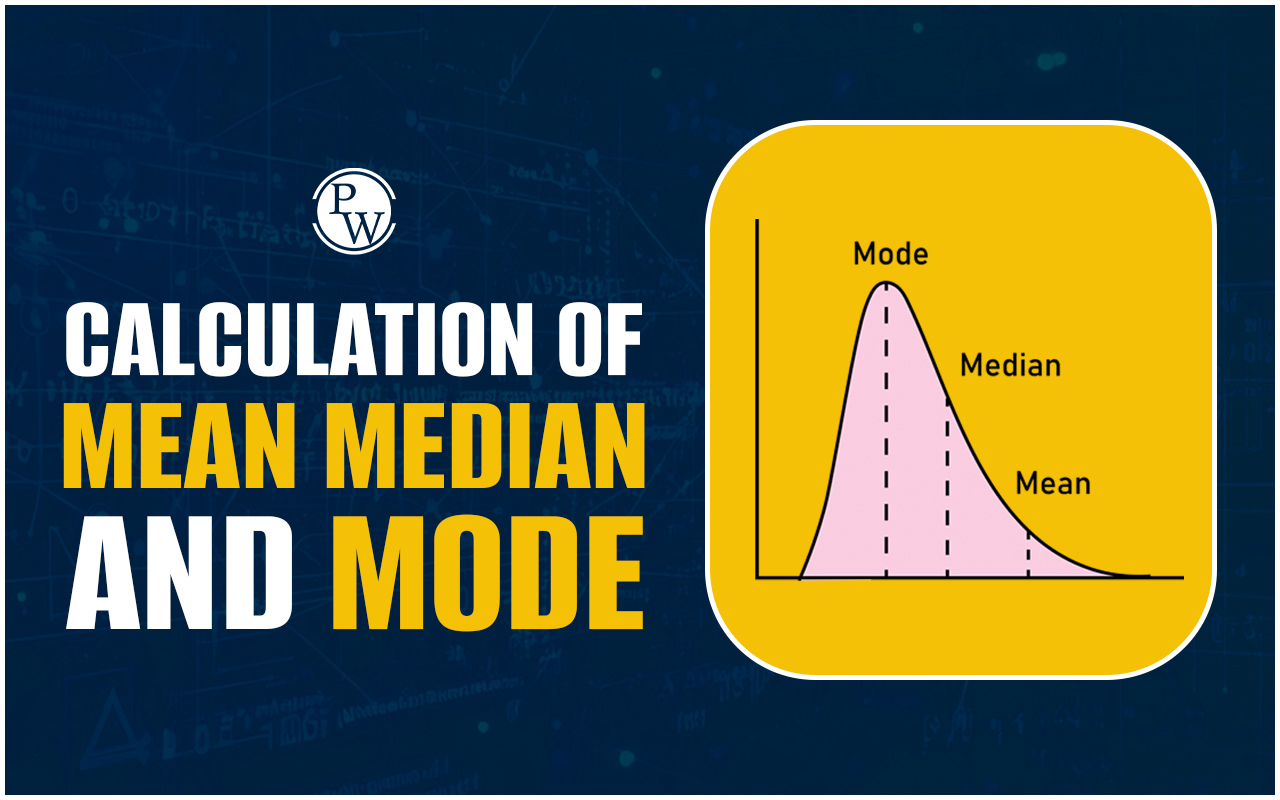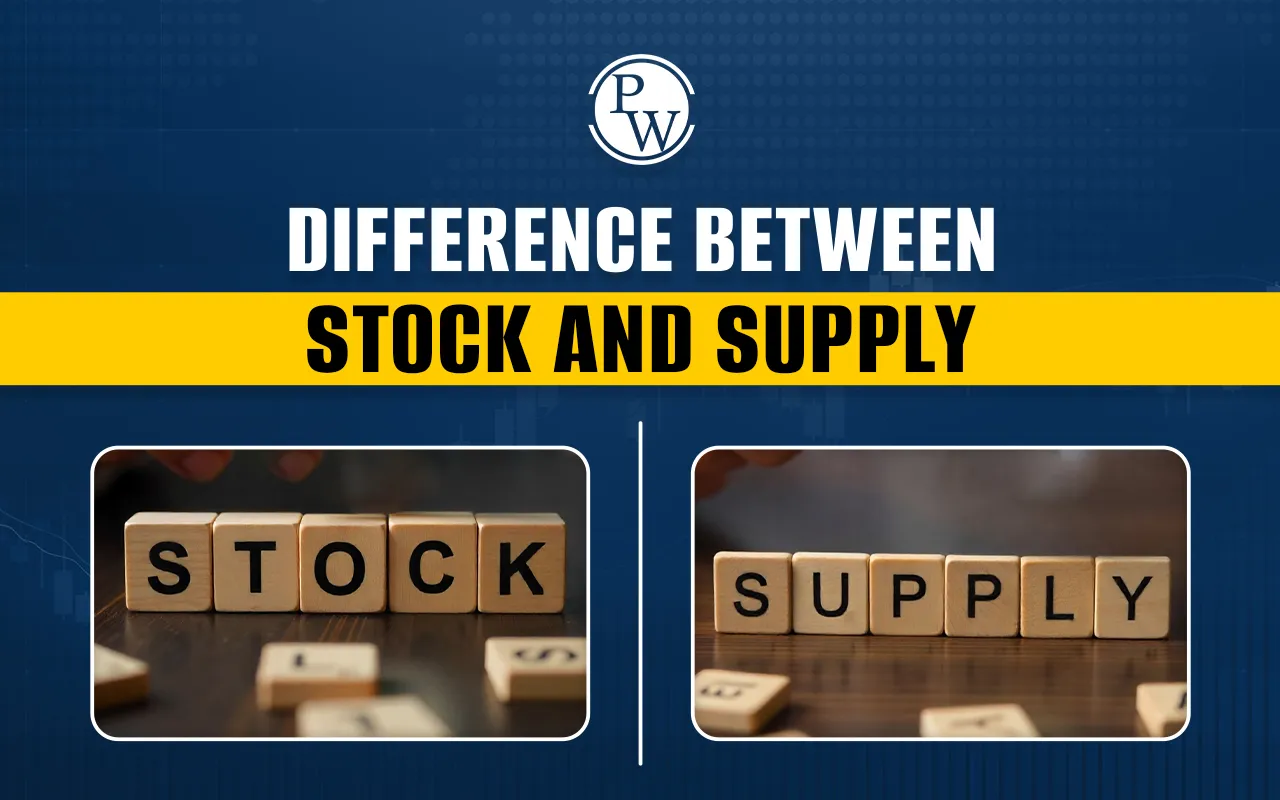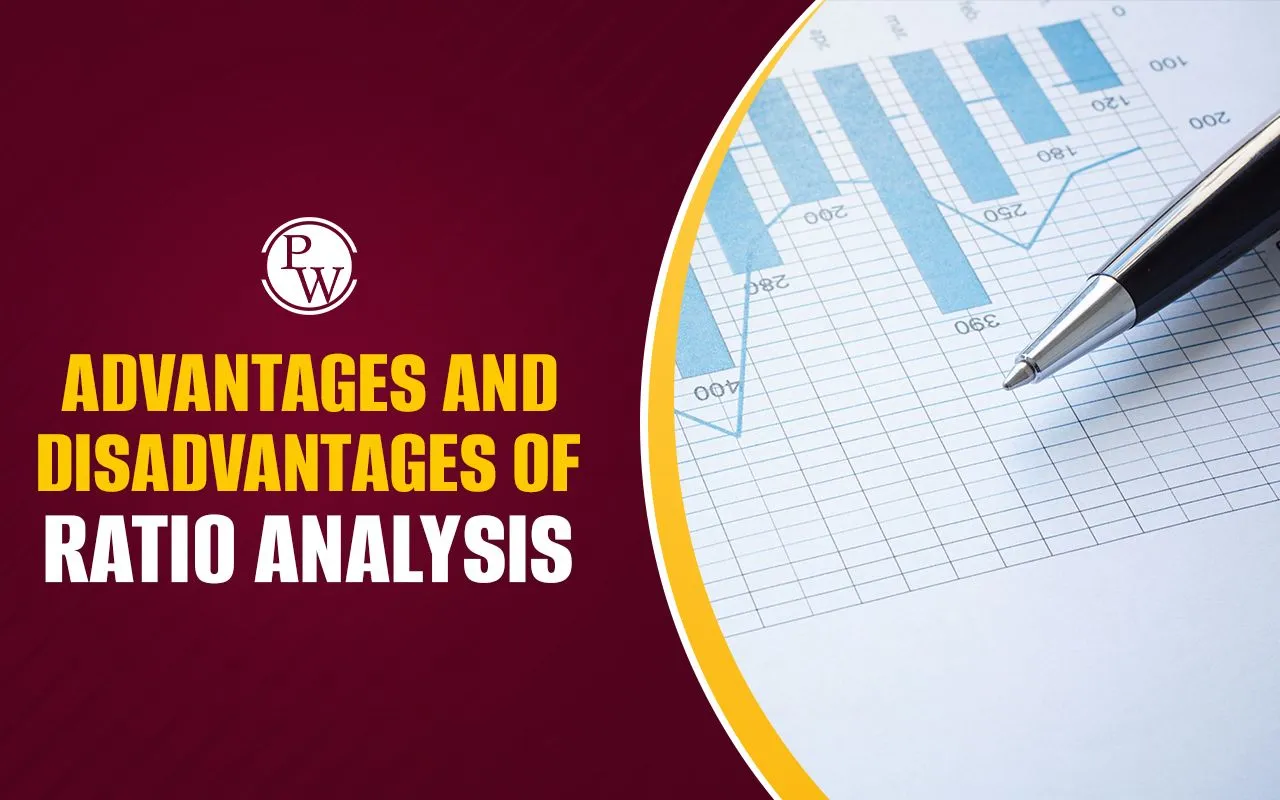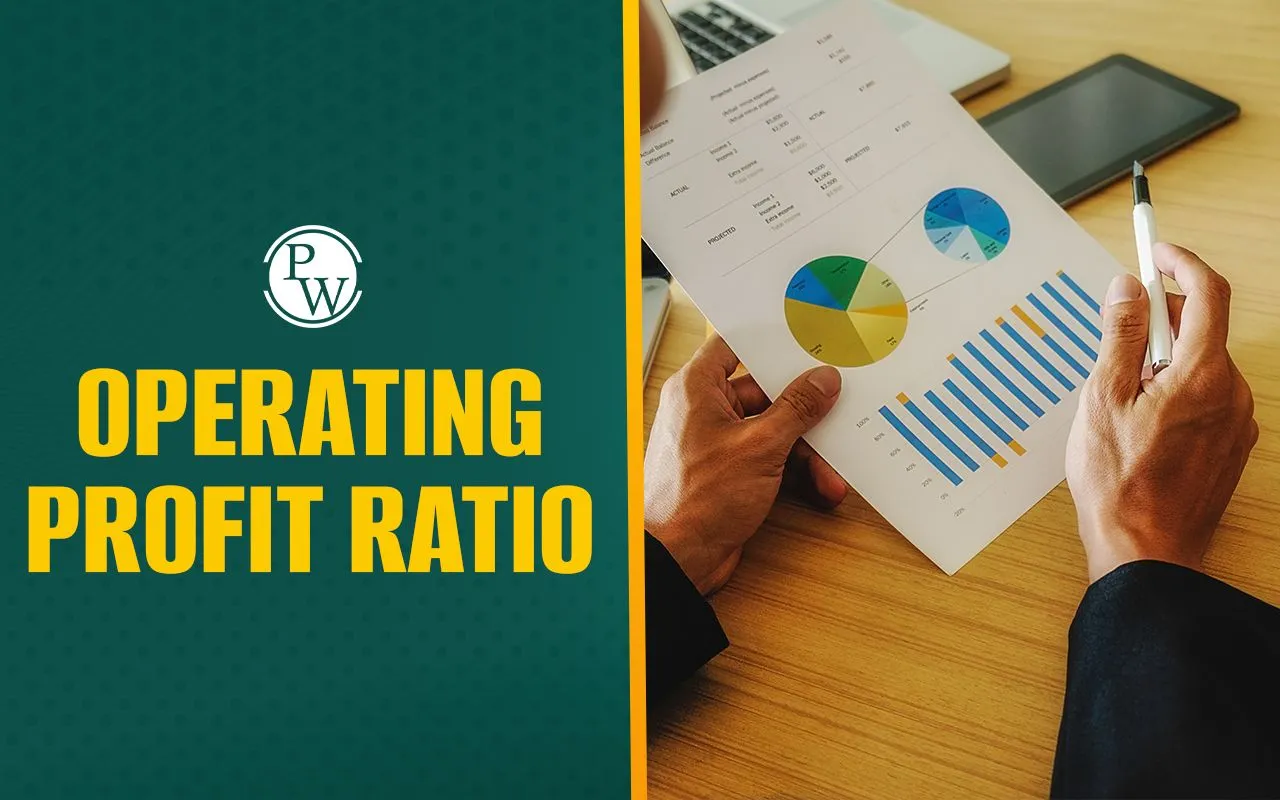
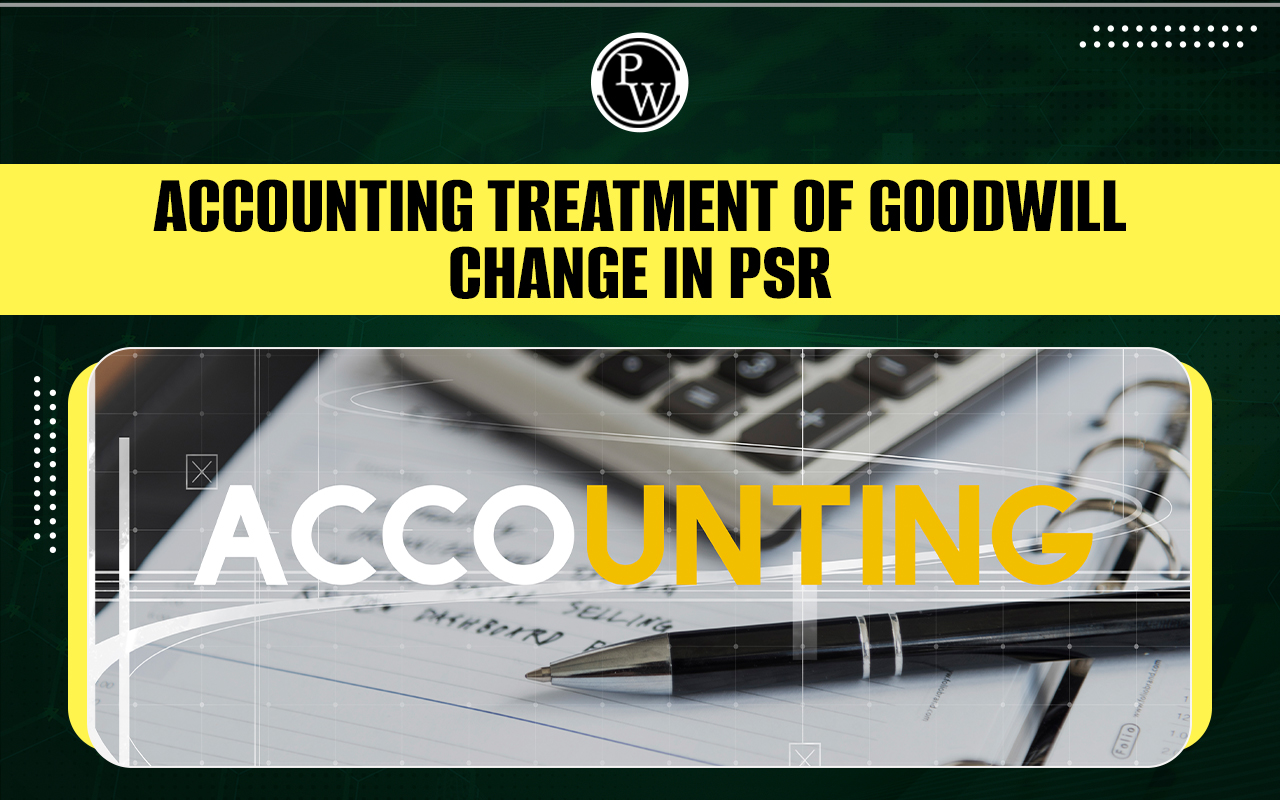
The Accounting Treatment of Goodwill in purchase price allocation (PPA) is critical in financial reporting, particularly when businesses undergo mergers and acquisitions. Goodwill represents the excess of the purchase price over the fair value of identifiable net assets acquired in a business combination.
Understanding how goodwill is initially recognised and subsequently treated in financial statements is essential for stakeholders and investors. This article explores the nuances of goodwill accounting in the context of purchase price allocation, highlighting the methods used to assess, record, and potentially adjust goodwill following an acquisition. By navigating these principles, companies can ensure transparency and accuracy in their financial reporting, reflecting the economic realities of their acquisitions.What is Goodwill?
Goodwill is a well-known intangible asset associated with business transactions, particularly when one company purchases another. Specifically, goodwill represents the portion of the purchase price that exceeds the sum of the fair value of all the acquired assets and assumed liabilities. Goodwill reflects the value of a company's brand name, strong customer base, excellent customer relationships, positive employee relations, and proprietary technology. These factors contribute to the existence of goodwill.Key Considerations in Goodwill Accounting
- Impairment Testing : Goodwill is subject to impairment testing at least annually or whenever there is an indication that its carrying amount may exceed its recoverable amount. If impaired, goodwill is written down to its recoverable amount, which is the higher of its fair value, fewer costs to sell, or its value in use.
- Changes in Purchase Price Allocation : Sometimes, after the initial recognition of goodwill, subsequent information may lead to changes in the fair values assigned to the acquired assets and liabilities. These changes can result from new information about the business acquired, adjustments to estimates, or reassessment of the fair value of assets.
- Adjustments to Goodwill : If changes in the PPA affect the fair values of identifiable net assets, the goodwill initially recognised may need adjustment. For example, if an acquired asset's fair value is revised downwards, goodwill typically increases by a corresponding amount.
Journal Entries for Adjustments to Goodwill Accounting
When adjustments are made to Goodwill Accounting due to changes in the PPA, journal entries typically debit or credit goodwill and other relevant accounts to reflect the updated fair values. These entries ensure the financial statements accurately reflect the revised purchase price allocation and the corresponding impact on goodwill.Goodwill Accounting in Case of Admission of Partner
When a new partner is admitted into a partnership, the treatment of goodwill is an important aspect of the accounting process. Goodwill Accounting represents the value of the existing partnership's reputation, customer base, and other intangible assets. Here's how goodwill is typically handled in the admission of a new partner:1. Valuation of Goodwill
Before admitting a new partner, the existing partners should agree on the value of goodwill. This valuation considers factors such as the partnership's profitability, brand value, customer relationships, and other intangible assets that contribute to its success.2. Sharing of Goodwill
Once the Goodwill Accounting value is determined, it is shared among the existing partners in their profit-sharing ratio. The journal entry typically involves debiting the existing partners' capital accounts (in their profit-sharing ratio) and crediting the goodwill account.3. Admission of New Partner
When a new partner joins the partnership, they bring capital and potentially new skills or resources to the business. The new partner typically buys their share in the partnership, which includes their portion of the existing goodwill. The journal entry for the admission of a new partner involves crediting the existing partners' capital accounts (in their profit-sharing ratio) and debiting the new partner's capital account for their investment, which includes their share of the purchased goodwill.4. Adjustments in Capital Accounts
After admission, the capital accounts of the existing partners are adjusted to reflect the new profit-sharing ratio. This adjustment ensures that each partner's capital account reflects their ownership interest in the partnership, including any changes due to the admission of the new partner and the associated goodwill transaction.Accounting treatment in case of the change in Profit Sharing Ratio (PSR)
When the profit-sharing ratio among partners changes, the value of goodwill is reassessed. In such cases, one partner may gain a larger share of profits while others may see a reduction. The gaining partner's capital account is debited to reflect this adjustment, and the sacrificing partner's capital account is credited according to the new profit-sharing ratio. Additionally, if partners decide to alter the profit-sharing ratio in the future, the gaining partner compensates the losing partner based on the agreed terms. This compensation effectively represents the value of goodwill associated with the change. Changing the profit-sharing ratio involves one partner purchasing a greater share of profits from another partner. This transaction is reflected through adjustments in their respective capital accounts to maintain transparency and fairness in partnership accounting. The valuation of goodwill is done in a firm when the following rises in the following cases:- At the time when the profit-sharing ratio (PSR) of partners is changed
- When a new partner is being admitted.
- At the time of death or the retirement of a partner.
- The entire business is being sold.
- Average profit method
- Super profit method
- Capitalisation method
Goodwill Accounting in PSR FAQs
When is goodwill recognised on the balance sheet?
Goodwill is recognised on the balance sheet when a company acquires another company and pays more than the fair value of the net identifiable assets. It is recorded as an asset under the non-current assets section.
Goodwill is calculated as the purchase price of the acquired company minus the fair value of its identifiable net assets (assets minus liabilities).
How is goodwill calculated?
Goodwill is calculated as the purchase price of the acquired company minus the fair value of its identifiable net assets (assets minus liabilities).
Talk to a counsellorHave doubts? Our support team will be happy to assist you!

Check out these Related Articles
Free Learning Resources
PW Books
Notes (Class 10-12)
PW Study Materials
Notes (Class 6-9)
Ncert Solutions
Govt Exams
Class 6th to 12th Online Courses
Govt Job Exams Courses
UPSC Coaching
Defence Exam Coaching
Gate Exam Coaching
Other Exams
Know about Physics Wallah
Physics Wallah is an Indian edtech platform that provides accessible & comprehensive learning experiences to students from Class 6th to postgraduate level. We also provide extensive NCERT solutions, sample paper, NEET, JEE Mains, BITSAT previous year papers & more such resources to students. Physics Wallah also caters to over 3.5 million registered students and over 78 lakh+ Youtube subscribers with 4.8 rating on its app.
We Stand Out because
We provide students with intensive courses with India’s qualified & experienced faculties & mentors. PW strives to make the learning experience comprehensive and accessible for students of all sections of society. We believe in empowering every single student who couldn't dream of a good career in engineering and medical field earlier.
Our Key Focus Areas
Physics Wallah's main focus is to make the learning experience as economical as possible for all students. With our affordable courses like Lakshya, Udaan and Arjuna and many others, we have been able to provide a platform for lakhs of aspirants. From providing Chemistry, Maths, Physics formula to giving e-books of eminent authors like RD Sharma, RS Aggarwal and Lakhmir Singh, PW focuses on every single student's need for preparation.
What Makes Us Different
Physics Wallah strives to develop a comprehensive pedagogical structure for students, where they get a state-of-the-art learning experience with study material and resources. Apart from catering students preparing for JEE Mains and NEET, PW also provides study material for each state board like Uttar Pradesh, Bihar, and others
Copyright © 2025 Physicswallah Limited All rights reserved.
